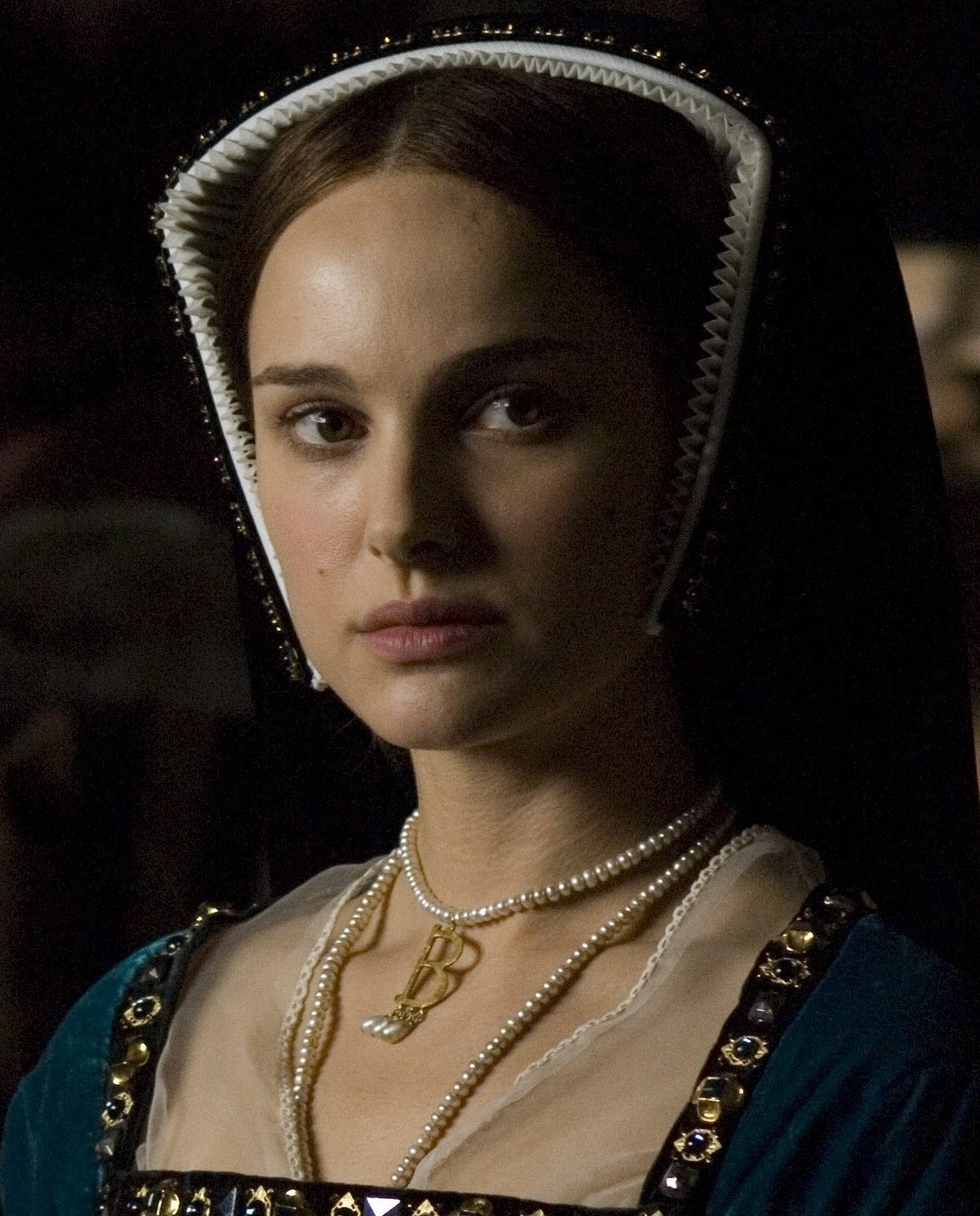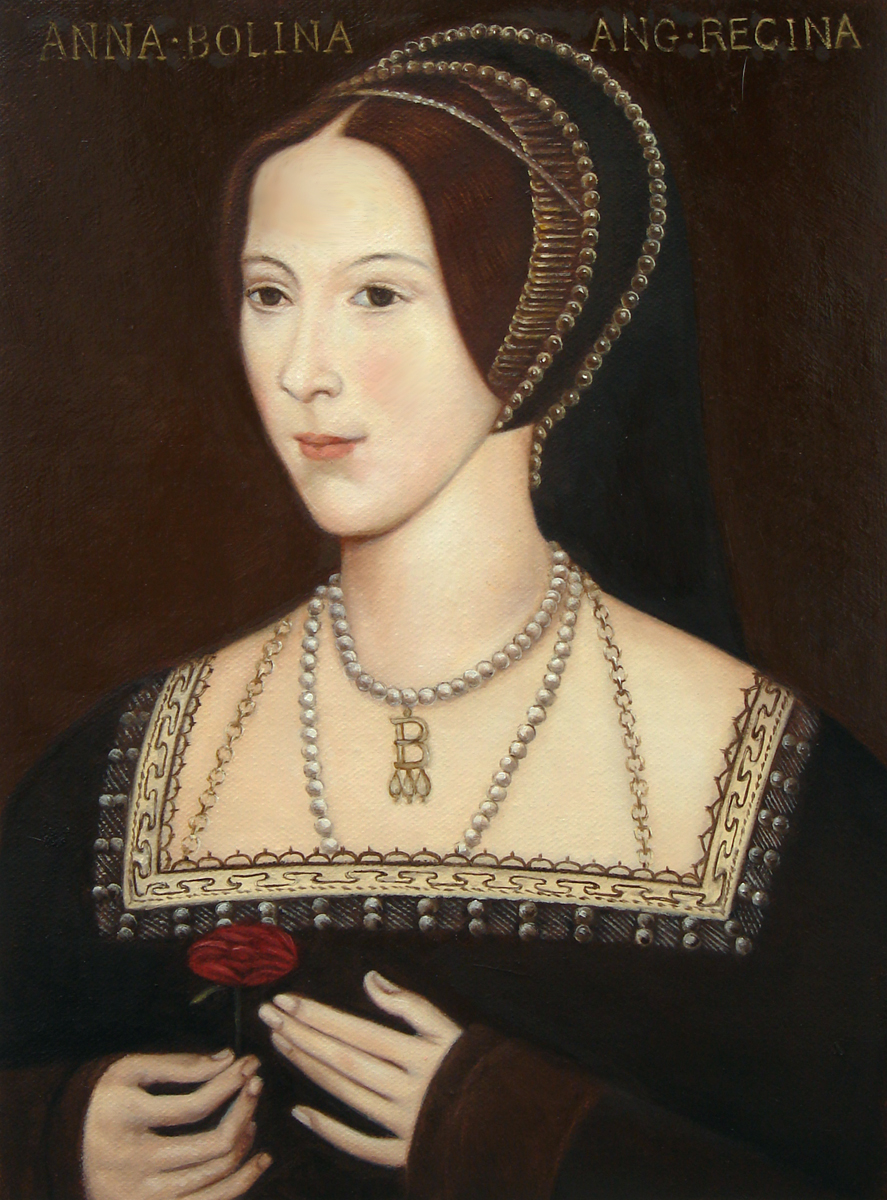
Anne Boleyn's Execution
Anne Boleyn, the second wife of King Henry VIII of England, was executed on 17 May 1536. Her execution was a significant event in English history, as it marked the beginning of the English Reformation. Boleyn was accused of treason, adultery, and witchcraft, and she was found guilty by a panel of judges. She was beheaded on Tower Green, within the Tower of London.
Boleyn's execution was a controversial event, and it has been the subject of much debate and speculation. Some historians believe that she was innocent of the charges against her, while others believe that she was guilty of at least some of them. Regardless of her guilt or innocence, Boleyn's execution was a significant event in English history, and it had a profound impact on the course of the English Reformation.
Anne Boleyn
Anne Boleyn was the second wife of King Henry VIII of England. She was executed for treason in 1536.
- Queen of England
- Mother of Queen Elizabeth I
- Executed for treason
- Symbol of the English Reformation
- One of the most famous women in English history
Anne Boleyn was a complex and controversial figure. She was a strong-willed and intelligent woman who challenged the status quo. She was also a victim of her own ambition and the political machinations of her time. Anne Boleyn's execution was a tragedy, but it also paved the way for the English Reformation and the rise of the Tudor dynasty.
| Name | Anne Boleyn |
|---|---|
| Born | c. 1501 |
| Died | 17 May 1536 |
| Spouse | King Henry VIII |
| Children | Queen Elizabeth I |
Queen of England
Anne Boleyn became Queen of England when she married King Henry VIII in 1533. This was a significant event, as it made her the first woman to be crowned Queen of England in her own right. Prior to this, women who married kings were typically crowned as queen consort, which was a lower rank. Anne Boleyn's coronation as Queen of England was a sign of her power and influence.
Anne Boleyn's position as Queen of England gave her a great deal of power and influence. She was able to advise the king on matters of state, and she played a role in shaping English foreign policy. She was also a patron of the arts and learning, and she helped to promote the Renaissance in England.
Anne Boleyn's execution in 1536 was a tragedy, but it also had a profound impact on English history. Her death paved the way for the English Reformation and the rise of the Tudor dynasty. Anne Boleyn is remembered as one of the most important and influential women in English history.
Mother of Queen Elizabeth I
Anne Boleyn's execution in 1536 was a tragedy, but it also had a profound impact on English history. Her death paved the way for the English Reformation and the rise of the Tudor dynasty. Anne Boleyn is remembered as one of the most important and influential women in English history, and her daughter, Queen Elizabeth I, is one of the most famous and successful monarchs in English history.
- Elizabeth's Early Life
Elizabeth was born in 1533, and her mother's execution when she was just three years old had a profound impact on her life. She was declared illegitimate and removed from the line of succession, but she was later restored to favor by her half-brother, King Edward VI.
- Elizabeth's Reign
Elizabeth became queen in 1558, and her reign was a period of great prosperity and stability for England. She was a Protestant, and she oversaw the establishment of the Church of England. She also defeated the Spanish Armada in 1588, which secured England's position as a major power.
- Elizabeth's Legacy
Elizabeth died in 1603, and she is remembered as one of the greatest monarchs in English history. She was a strong and intelligent ruler, and she left England in a much stronger position than when she found it.
Anne Boleyn's execution was a tragedy, but it also led to the birth of one of the most successful monarchs in English history. Elizabeth I was a great queen, and she left a lasting legacy on England.
Executed for treason
Anne Boleyn was executed for treason on 17 May 1536. This was a significant event in English history, as it marked the beginning of the English Reformation. Boleyn was accused of treason, adultery, and witchcraft, and she was found guilty by a panel of judges. She was beheaded on Tower Green, within the Tower of London.
- The charges against Anne Boleyn
Anne Boleyn was accused of treason, adultery, and witchcraft. The charges against her were politically motivated, and there is no evidence that she was guilty of any of them.
- The trial of Anne Boleyn
Anne Boleyn was tried by a panel of judges. The trial was unfair, and Boleyn was not allowed to defend herself properly. She was found guilty of all charges and sentenced to death.
- The execution of Anne Boleyn
Anne Boleyn was beheaded on Tower Green on 17 May 1536. Her execution was a public spectacle, and it was witnessed by a large crowd. Boleyn's execution was a tragedy, and it marked the beginning of the English Reformation.
Anne Boleyn's execution was a significant event in English history. It marked the beginning of the English Reformation, and it had a profound impact on the course of English history.
Symbol of the English Reformation
Anne Boleyn is a symbol of the English Reformation for a number of reasons. First, she was a strong supporter of Protestant reform, and she used her influence as queen to promote Protestant causes. Second, her execution in 1536 was a major turning point in the Reformation, as it led to the break between England and the Catholic Church. Third, Boleyn's death made her a martyr for the Protestant cause, and her story helped to inspire others to fight for religious reform.
- Boleyn's support for Protestant reform
Boleyn was a devout Protestant, and she used her influence as queen to promote Protestant causes. She supported the translation of the Bible into English, and she encouraged the preaching of Protestant sermons. She also helped to found several Protestant schools.
- Boleyn's execution
Boleyn's execution in 1536 was a major turning point in the Reformation. It led to the break between England and the Catholic Church, and it helped to solidify the Protestant Reformation in England.
- Boleyn's martyrdom
Boleyn's death made her a martyr for the Protestant cause. Her story helped to inspire others to fight for religious reform, and it contributed to the growth of Protestantism in England.
Anne Boleyn was a complex and controversial figure, but she was also a significant figure in the English Reformation. Her support for Protestant reform, her execution, and her martyrdom all contributed to the success of the Reformation in England.
One of the most famous women in English history
Anne Boleyn is one of the most famous women in English history. She was the second wife of King Henry VIII and the mother of Queen Elizabeth I. Anne Boleyn was executed for treason in 1536, and her death was a major turning point in the English Reformation.
- Her execution made her a martyr for the Protestant cause.
Anne Boleyn was a strong supporter of Protestant reform, and her execution made her a martyr for the cause. Her death helped to inspire others to fight for religious reform, and it contributed to the growth of Protestantism in England.
- Her story has been told in numerous books, movies, and TV shows.
Anne Boleyn's story is a fascinating one, and it has been told in numerous books, movies, and TV shows. Her story continues to fascinate people today, and it is a reminder of the turbulent times in which she lived.
- She is a symbol of female empowerment.
Anne Boleyn was a strong and independent woman, and she is a symbol of female empowerment. She was not afraid to speak her mind, and she stood up for what she believed in. Anne Boleyn's story is an inspiration to women everywhere.
- Her death led to the break between England and the Catholic Church.
Anne Boleyn's execution led to the break between England and the Catholic Church. Henry VIII was furious at the Pope for refusing to annul his marriage to Catherine of Aragon, and he decided to break away from the Catholic Church and establish the Church of England.
Anne Boleyn's story is a complex and fascinating one. She was a woman of great strength and determination, and she played a significant role in English history. Her death was a tragedy, but it also led to the birth of the Church of England and the rise of the Tudor dynasty.
FAQs about Anne Boleyn
Anne Boleyn was a fascinating and controversial figure in English history. She was the second wife of King Henry VIII and the mother of Queen Elizabeth I. Anne Boleyn was executed for treason in 1536, and her death was a major turning point in the English Reformation.
Question 1: Why was Anne Boleyn executed?
Anne Boleyn was executed for treason, adultery, and witchcraft. However, these charges were politically motivated, and there is no evidence that she was guilty of any of them.
Question 2: What was Anne Boleyn's relationship with Henry VIII?
Anne Boleyn was Henry VIII's second wife. They were married for three years, and they had one child together, Elizabeth I.
Question 3: What was Anne Boleyn's role in the English Reformation?
Anne Boleyn was a strong supporter of Protestant reform. She used her influence as queen to promote Protestant causes, and her execution made her a martyr for the Protestant cause.
Question 4: What is Anne Boleyn's legacy?
Anne Boleyn is remembered as one of the most important and influential women in English history. She was a strong and independent woman, and she played a significant role in the English Reformation.
Question 5: What are some interesting facts about Anne Boleyn?
Anne Boleyn was a highly educated woman. She was fluent in several languages, and she was a talented musician and dancer.
Question 6: What are some common misconceptions about Anne Boleyn?
One common misconception is that Anne Boleyn was a witch. There is no evidence to support this claim.
Summary of key takeaways
- Anne Boleyn was a complex and fascinating figure.
- She was a strong and independent woman.
- She played a significant role in the English Reformation.
- Her legacy continues to inspire people today.
Transition to the next article section
Anne Boleyn's story is a reminder of the turbulent times in which she lived. It is a story of love, betrayal, and tragedy. Anne Boleyn was a woman of great strength and determination, and her story continues to fascinate people today.
Tips on Anne Boleyn
Anne Boleyn was a fascinating and influential figure in English history. Her story is one of love, betrayal, and tragedy. Here are 5 tips on Anne Boleyn:
Tip 1: Learn about her early life and education. Anne Boleyn was born in 1501 or 1507. She was the daughter of Sir Thomas Boleyn and Lady Elizabeth Howard. Anne was a highly educated woman. She was fluent in several languages, and she was a talented musician and dancer.
Tip 2: Understand her role in the English Reformation. Anne Boleyn was a strong supporter of Protestant reform. She used her influence as queen to promote Protestant causes. Her execution in 1536 was a major turning point in the Reformation.
Tip 3: Explore her relationship with Henry VIII. Anne Boleyn was Henry VIII's second wife. They were married for three years, and they had one child together, Elizabeth I.
Tip 4: Visit the places associated with her life. There are many places associated with Anne Boleyn's life that you can visit today. These include Hever Castle, where she grew up, and the Tower of London, where she was executed.
Tip 5: Read books and watch movies about her life. There are many books and movies about Anne Boleyn's life. These can be a great way to learn more about her story.
Summary of key takeaways or benefits
- Anne Boleyn was a complex and fascinating figure.
- She was a strong and independent woman.
- She played a significant role in the English Reformation.
- Her story continues to inspire people today.
Transition to the article's conclusion
Anne Boleyn's story is a reminder of the turbulent times in which she lived. It is a story of love, betrayal, and tragedy. Anne Boleyn was a woman of great strength and determination, and her story continues to fascinate people today.
Conclusion
Anne Boleyn was a complex and fascinating figure in English history. Her story is one of love, betrayal, and tragedy. She was a strong and independent woman who played a significant role in the English Reformation. Her death was a major turning point in English history, and her legacy continues to inspire people today.
Anne Boleyn's story is a reminder of the turbulent times in which she lived. It is a story of the dangers of ambition and the importance of standing up for what you believe in. Anne Boleyn was a woman of great courage and determination, and her story is one that will continue to be told for generations to come.
Unveiling Lynn Greenfield's Age: A Journey Of Political Impact
Unveiling The Legacy Of Kim Howard And Kami Cotler: Discoveries And Insights
Discover The Enchanting Journey Behind "Sabu Howard Photo"

Natalie Portman as Anne Boleyn Tudor History Photo (31275938) Fanpop

Seeking the soul of another Boleyn girl London Evening Standard Evening Standard

Fabulous Masterpieces' BlogLike the Tudors? Here's our oil painting of Anne Boleyn! Fabulous
ncG1vNJzZmirmJ6ztrrEsKpnmZ2ogG%2BwyKCgrZmcpLCmrc2sp5qblah7pLvMaJinppVir7C42KdkoZ2RmXupwMyl